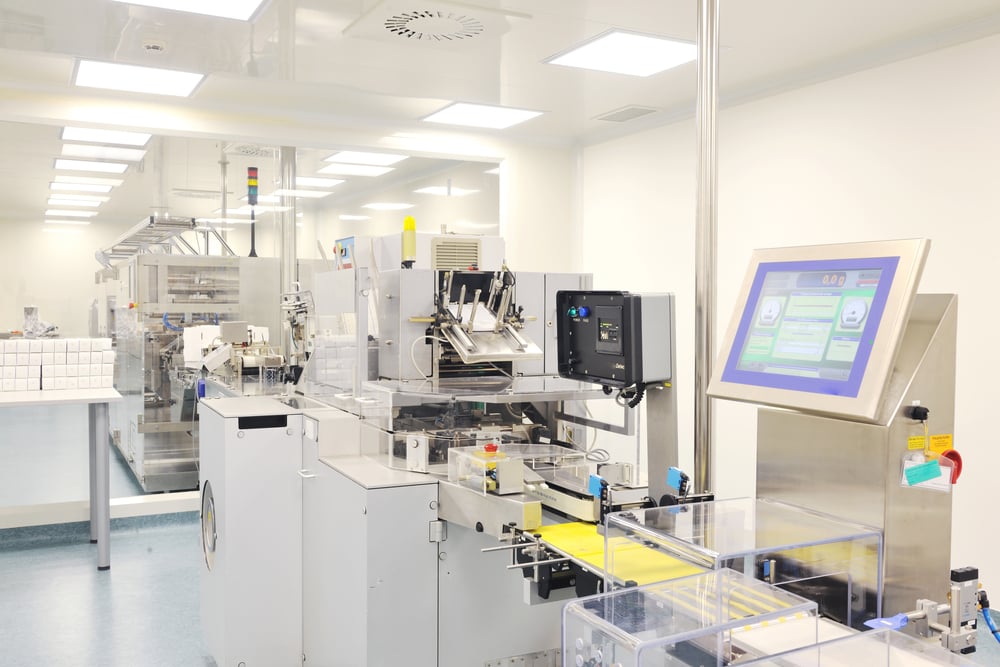
In the realm of healthcare, precise communication can be a matter of life and death. For medical device manufacturers, ensuring that instructions, labels, and documentation are accurately translated into multiple languages is not just a regulatory requirement but a fundamental aspect of patient safety and accessibility. In this blog post, we delve into the critical role of medical device translations, their challenges, and best practices for ensuring linguistic accuracy and regulatory compliance.
Understanding the Significance
Medical devices serve a crucial role in diagnosing, treating, and monitoring various health conditions. Whether it's a pacemaker, insulin pump, or MRI machine, these devices must be accompanied by clear and comprehensible instructions and labels to ensure proper use and minimize the risk of adverse events. Here's why medical device translations are indispensable:
-
Global Accessibility: In an increasingly interconnected world, medical devices are distributed and used across international borders. Translating product documentation into multiple languages ensures that healthcare professionals and patients worldwide can access essential information regardless of their language proficiency.
-
Patient Safety: Misinterpretation of medical device instructions due to language barriers can have serious consequences for patient safety. Accurate translations help mitigate risks associated with device misuse, adverse reactions, or incorrect administration.
-
Regulatory Compliance: Regulatory bodies, such as the FDA in the United States and the European Medicines Agency (EMA) in Europe, mandate that medical device manufacturers provide translations of labeling and instructions for use in the languages of the target markets. Compliance with these regulations is essential for market approval and commercialization.
Challenges in Medical Device Translations
Translating medical device documentation poses unique challenges that require careful attention and expertise to overcome:
-
Technical Complexity: Medical device documentation often contains highly technical terminology and specialized jargon. Translators must possess subject matter expertise and familiarity with medical terminology to accurately convey complex concepts across languages.
-
Regulatory Requirements: Different countries have specific regulatory requirements governing the translation of medical device documentation. Navigating these regulatory landscapes and ensuring compliance with diverse regulatory standards can be complex and time-consuming.
-
Cultural Sensitivity: Cultural nuances and linguistic conventions vary across regions and languages. Translators must consider cultural sensitivities and adapt content to resonate with diverse audiences while maintaining accuracy and clarity.
Best Practices for Medical Device Translations
To ensure the accuracy, quality, and regulatory compliance of medical device translations, manufacturers should adopt the following best practices:
-
Engage Qualified Translators: Work with professional translators who specialize in medical translation and possess expertise in the relevant therapeutic area. Qualified translators with subject matter expertise can ensure accuracy and consistency in terminology.
-
Utilize Translation Technology: Leverage translation management systems (TMS) and computer-assisted translation (CAT) tools to streamline the translation process, maintain consistency, and manage terminology across multiple languages.
-
Conduct Linguistic Validation: Validate translated content through linguistic validation processes to ensure linguistic equivalence, cultural appropriateness, and comprehension among target users.
-
Adhere to Regulatory Standards: Stay informed about regulatory requirements governing medical device translations in target markets and ensure compliance with applicable standards, such as ISO 13485 and ISO 14971.
-
Implement Quality Assurance Processes: Implement rigorous quality assurance (QA) processes, including peer review, linguistic validation, and final proofreading, to detect and rectify errors or inconsistencies in translated content.
Conclusion
Medical device translations play a vital role in ensuring patient safety, accessibility, and regulatory compliance in the global healthcare landscape. By embracing best practices and leveraging specialized expertise, medical device manufacturers can overcome linguistic barriers, enhance the usability of their products, and foster trust among healthcare professionals and patients worldwide. As the healthcare industry continues to evolve, accurate and culturally sensitive translations will remain indispensable for delivering safe and effective medical care across linguistic and cultural boundaries.
